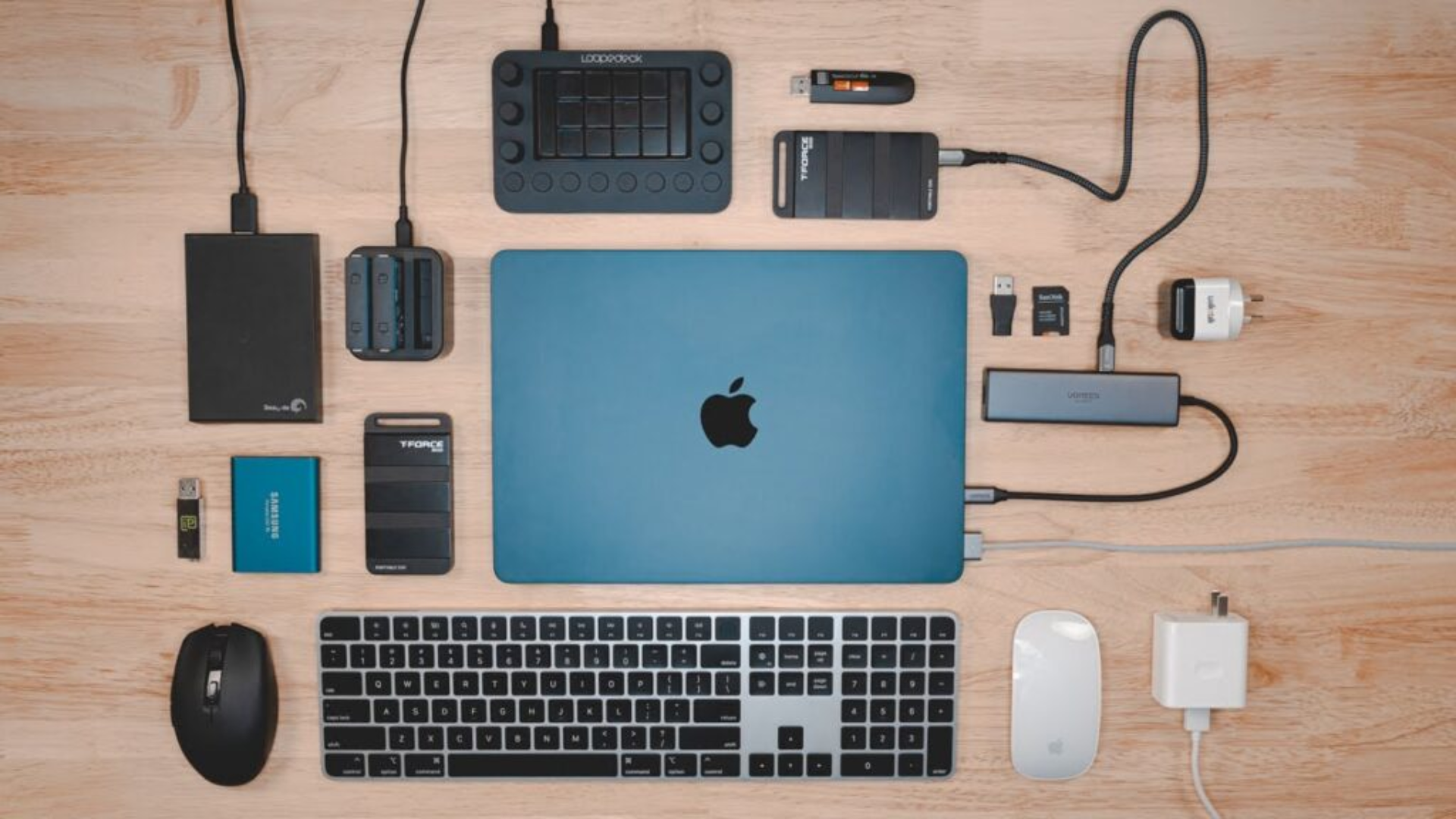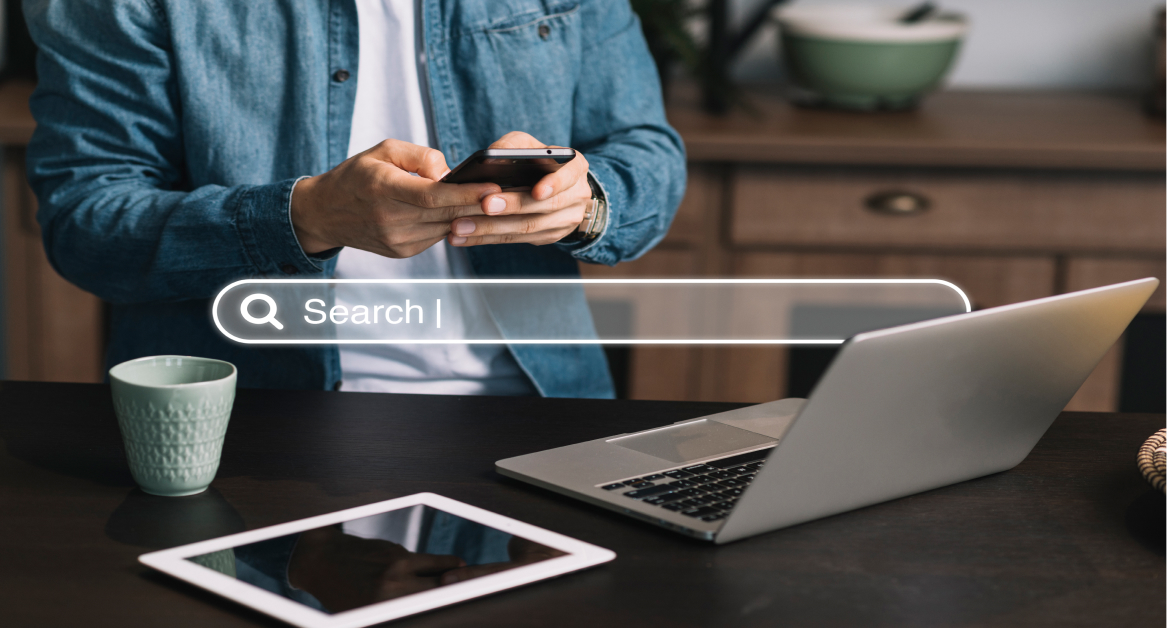Ever wondered why you get fewer body aches when working at the office? That is because most employers go the extra mile to provide you with ergonomic office furniture. However, when you work remotely, how do you replicate a similar setup at home?
To fully prepare for upcoming remote work trends, you need to equip all the suitable gear. Read on to find out more about the work from home equipment that every home office absolutely requires.
Why is it important to have proper equipment
An improper work setup can both hamper productivity and affect your health and work life. Without proper ergonomics, it’s easy to slip into poor posture, which could lead to aliments like blurred vision, headaches, carpal tunnel syndrome, and backaches (just to name a few).
A less stated, but no less important reason, is that good work from home office equipment helps to restore normalcy in a remote work situation. You’d have to admit that working out of a proper desk and chair will make you feel more productive and energetic than working off your couch!
1. Good equipment is (mostly) ergonomic
Having quality work-from-home equipment usually means that ergonomics, safety, and comfort are in place. Ergonomics in particular uses anthropometric (meaning human body) data to determine the optimum size, shape, and form of a product, and makes it easier for people to use. The end goal is to ensure maximum physical comfort while working.
2. Good equipment improves productivity
Most offices have a technology infrastructure that works. But not everyone will have the same luxury at home. Getting good connectivity and proper access to the company’s network can be a problem for employees who work from home.
The onset of COVID-19 was sudden and there had been very little time to put into place adequate technology and support for work from home employees.
This could hamper productivity for employees as they don’t have the right technology set up. Part of the solution is to get good equipment in place.
Work from home equipment that boost productivity
1. Office desk
First up on our list is a no-brainer. It is essential to have your own personal desk and chair when working from home. A dedicated space where you can have some privacy would be an ideal home workspace.
Most of us in Asia do not have the luxury of a dedicated home office setup. But a small setup at the corner of the living room or in your bedroom can serve the same purpose. If space at home is limited, it may also be worth considering short-term offsite storage. Using convenient self-storage units can free up valuable room by safely storing non-essential furniture or seasonal items, helping you create a cleaner and more focused workspace.
For your home office desk, a standing desk with space for a laptop and monitor would be ideal. Standing desks are useful to ensure that you are not sitting throughout the day.
But if your budget does not permit, a fixed desk with a wide enough surface area will also do the trick. When using a fixed desk, always be mindful to stand up and walk around for at least 10 minutes, every work hours.
2. Office chair
One of the leading causes of backaches is an insufficiently ergonomic chair. It’s easy to overlook the importance of a good-quality office chair and settle for using a dining chair or stool all day long.
It’s worth investing in a quality chair to protect your back and prevent long-term injury. Keep in mind that you will be up to eight hours a day sitting. So find one that fits your back and would keep you comfortable for hours.

Some points to look out for when choosing a chair would be first to ensure it is adjustable. Adjustable height, lumbar support, and arm rests are the basic requirements to ensure comfort.
3. Laptops
Most of us use laptops to work nowadays. If you have the opportunity to request for a model, go for a laptop with the largest screen and highest functioning processor within your budget.
A large enough screen lets you view the screen easily without bending or craning your neck. With a small screen, you may find yourself straining to see text and objects on the screen.
High-functioning processors and operating systems, particularly if you are a designer or developer, help prevent frustration when waiting for apps to load.

✨ Additional tips: 14 Laptop Choices for Remote Professionals
4. Monitors
Monitors are one work-from-home equipment that drastically improves your work-from-home experience. In fact, a second monitor is shown to increase productivity by 20-30%.
If you deal with a lot of data, or like to work with multiple tabs open simultaneously, we’d suggest you add an additional monitor is suggested. It essentially acts as an extension of your laptop.
When setting up your work from home space, ensure that the monitor and laptop are side by side for optimum productivity. Some monitors are also flexible and allow you to rotate them horizontally. Always look up the specifications to see what is suited to your needs.
5. Mouse
Trackpads on your laptop are useful for short-term use.
But if you are working from your laptop regularly, using a proper mouse will help ease the strain on your wrist and make it easier to navigate on your computer. A good mouse with a mouse pad or desk pad will also help increase the precision and speed of your navigation.
If you’re looking for something to help combat carpal tunnel syndrome, you’d for a mouse that has been designed for ergonomics. An ergonomically friendly mouse keeps your hands, elbows, wrists, and arms in a natural position.
6. Keyboards
Another important accessory to have would be an external keyboard.
A keyboard allows you to keep your screen at least 40cm from your eyes, which is better for your eyesight in the long run. An external keyboard also allows you to position the laptop wherever you want. Based on your comfort level, you can place it higher or lower, and adjust the angle as you please.
A keyboard well-made keyboard that’s ergonomically designed can also help position your hands and wrists correctly when you type, helping reduce problems like carpal tunnel syndrome.
7. Laptop stands
Laptop stands have become such a staple part of remote work that even portable versions are available.
While laptops are convenient, they are also inherently unergonomic. Laptop users find themselves constantly having to look down on the screen. And the weight of your head craned forward places strain on the spine. Over time, this strain can cause aches and injury.
A laptop stand elevates your screen to a comfortable viewing height. The same effect can be replicated with a stack of A4 paper, but laptop stands have the additional advantage of being easy to carry around, so you can easily switch locations if you need a change of scenery. Unlike stacks of books or papers, most laptop stands also provide the added stability needed to ensure your laptop is securely balanced.
An adjustable laptop stand, and an external keyboard and mouse, form the perfect trio for an ergonomic workspace.
8. WiFi
Good connectivity is an extremely important factor for any work from home environment. Not only is it vital so you don’t drop any Zoom calls, but if you also have a spouse or children who use the same network, it helps keep everyone happy.
So if you intend to work from home for the long term, it’s worthwhile to look into investing in a good router and a high-speed internet package.
To know what your current speed is, you can try a free speed test. We recommend a minimum of 50 Mbps download speed and 10 Mbps upload speed for working from home.
If you have more than 3 persons using the Internet at any one time, you might want to increase this to 100 Mbps.
9. Noise-cancelling headphones (with mic)
If you have a distracting home environment, a good pair of noise-canceling headphones may feel like a gift from the heavens.
A barking dog? A crying baby? With these headphones, it can help you get in the zone and do what needs to be done.
Factors to consider when purchasing one are the sound quality and comfort level as you will be wearing it throughout the day. A long battery life is essential and if you have the budget, opt for one with a built-in mic too, to make it easier to receive any calls that may come your way!
10. Stationary
As technologically savvy as we all are now, most of us would still need a standard notepad and pen to take down notes. Be sure to stock up pens, pencils, notepads, and sticky notes to always be prepared when an unexpected idea comes to you!
11. Cables
Be prepared with the different cables needed for all the different work-from-home equipment that you are going to be using. A useful tool could be a USB or Data Hub, which can help you increase the number of USB ports on your laptop to charge a multitude of devices.
12. Desk lamps
A desk lamp is another important essential.
The purpose of a desk lamp is to help you reduce eyestrain by evening out the contrast between your computer screen and the dim areas surrounding it.
A well-designed desk lamp can also be adjusted in height and direction, making it suitable as secondary lighting for the dimmer areas around your computer screen.
Get your remote work equipment sorted!
With that, this is the most essential list we could come up with for you. Enjoy shopping and hope you’ll be able to come up with your ideal work-from-home space!







